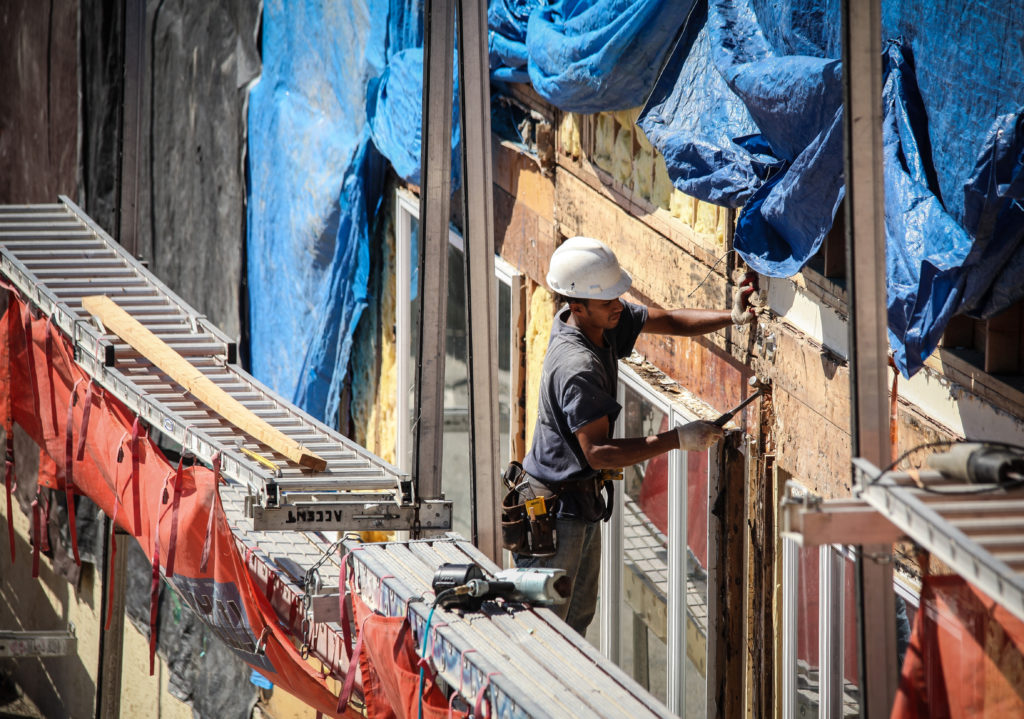
Hurricane Sandy: Three Years Later
By AdministratorThree years ago this week Hurricane Sandy tore across the Atlantic. New York and New Jersey faced the most extreme impacts with 60 deaths in the two states alone. Sandy caused an estimated $65 billion in damage, second only to Hurricane Katrina in 2005.
Given the widespread impacts and extent of need Foundation Beyond Belief immediately launched a Humanist Disaster Recovery Drive (then called Crisis Response). The Drive raised over $17,000 from the humanist community with the funds going to International Medical Corps working in Haiti and Team Rubicon working in New York. A few months later Black Atheists of America received Foundation Beyond Belief’s small grant and used the money to donate supplies to schools impacted by Sandy.
The generous donations given by the humanist community were primarily used to meet the immediate, life-saving needs of survivors. Once those life-saving measures were conducted and the response organizations completed their missions, survivors were left to face years of recovery.
Recovery is a long, complicated process for any disaster. Hurricane Sandy’s recovery has played out largely how our past experience and research would have us expect. The recovery has been plagued by debates over implementing massive mitigation efforts to try to lessen the impact of future storms. Including tough conversations about whether to rebuild certain neighborhoods at all. Sandy survivors have depended on their friends and family for assistance. The federal government has kicked in billions of dollars though their programs though use of funding has been widely critiqued. Where the government has fallen short nonprofits have formed to address the needs of the local community (though, some not without criticism).
It has been a long three years full of successes, failures, and a lot of hard work. As we watch the recovery from Sandy and disasters around the world unfold we are reminded of the need to find new ways to effectively and efficiently meet the needs of disaster survivors. The discrepancy in lack of attention/ funding and long-term needs is the primary reason Foundation Beyond Belief decided to redirect our programs to recovery, rather than response. Simply put, the needs in recovery are longer lasting, more complex, and often economically greater than response. Recovery requires business, nonprofits, governments, and most importantly the survivors themselves to come together, communicate, and coordinate their resources to lead impacted communities down the long, winding road of recovery.
Photo credit: FEMA/ Rosanna Arias
